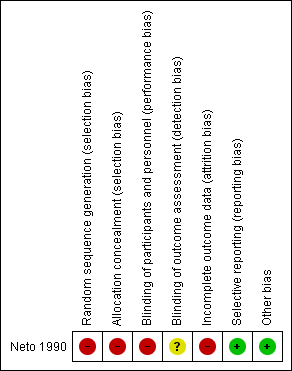Contenido relacionado
Revisiones y protocolos relacionados
Mercedes Bonet, Erika Ota, Chioma E Chibueze, Olufemi T Oladapo | 13 noviembre 2017
Tippawan Liabsuetrakul, Thanapan Choobun, Krantarat Peeyananjarassri, Q Monir Islam | 26 marzo 2020
Ashraf F Nabhan, Nahed E Allam, Mohamed Hamed Abdel‐Aziz Salama | 17 junio 2016
Pranom Buppasiri, Pisake Lumbiganon, Jadsada Thinkhamrop, Bandit Thinkhamrop | 7 octubre 2014
Diah R Hadiati, Mohammad Hakimi, Detty S Nurdiati, Yuko Masuzawa, Katharina da Silva Lopes, Erika Ota | 25 junio 2020
Fiona M Smaill, Rosalie M Grivell | 28 octubre 2014
Ricardo AMB Almeida, Claudia N Hasimoto, Anna Kim, Erica N Hasimoto, Regina El Dib | 5 diciembre 2015
Hong Jiang, Xu Qian, Guillermo Carroli, Paul Garner | 8 febrero 2017
G Justus Hofmeyr, Fiona M Smaill | 20 enero 2010
Reuben Olugbenga Ayeleke, Selma M. Mourad, Jane Marjoribanks, Karim A Calis, Vanessa Jordan | 18 junio 2017







